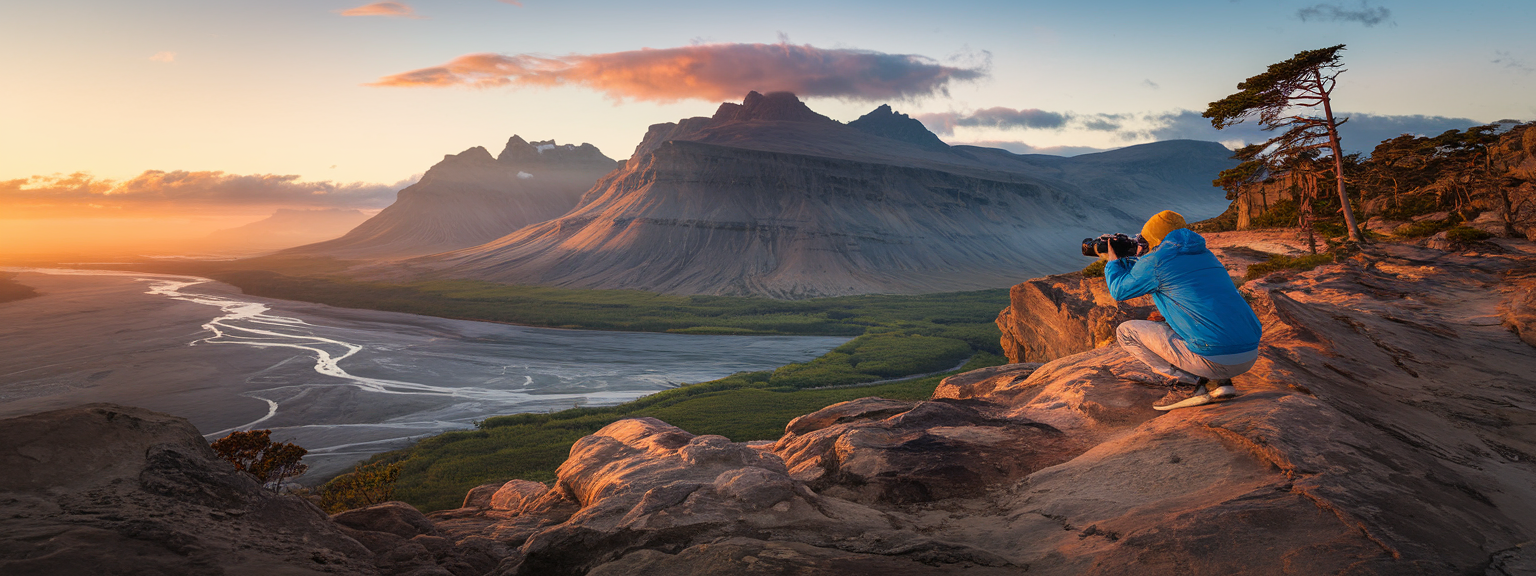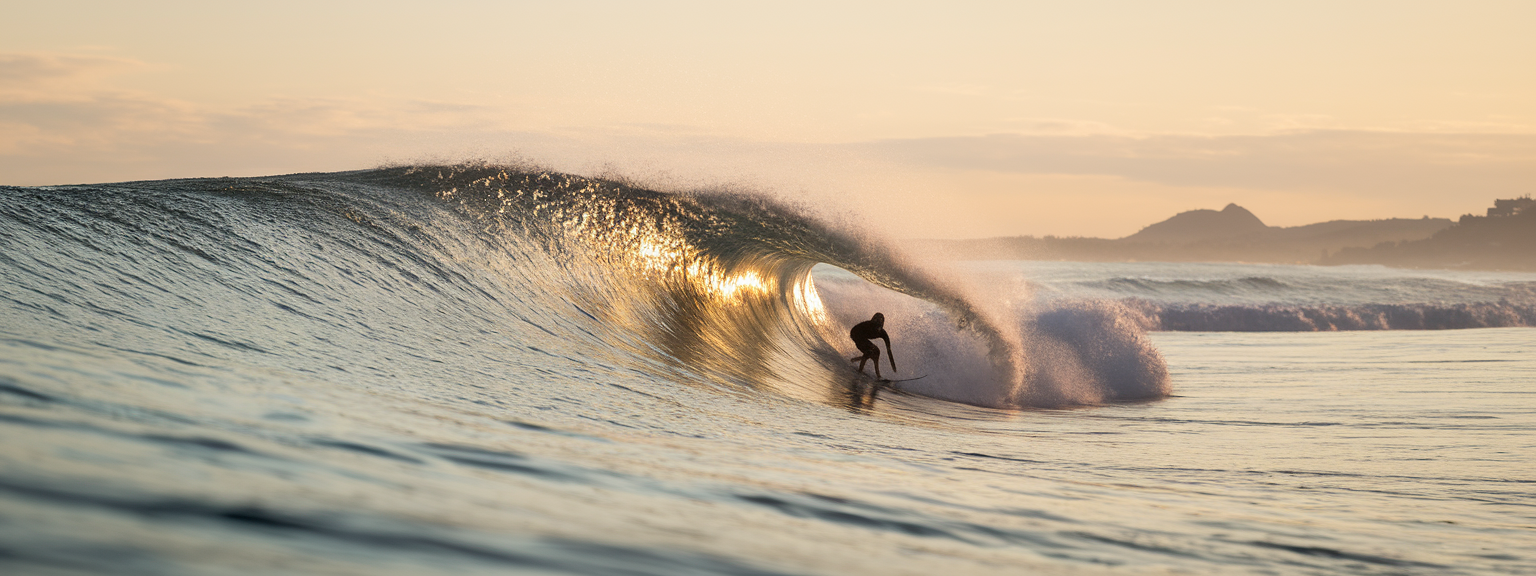Best Practices for Travel Photography: Capture Stunning Shots on Every Journey
Embarking on an adventure means immersing yourself in new cultures, landscapes, and unforgettable moments—and capturing these experiences through photography makes them timeless. The Best Practices for Travel Photography focus on more than just snapping pictures; they teach you how to tell powerful stories through images. Whether you’re using a phone or a DSLR, mastering techniques like lighting, composition, and camera settings can turn a casual photo into art. In this detailed guide, we’ll uncover essential travel photography tips, travel photo techniques, and expert strategies for both beginners and seasoned photography for travelers enthusiasts.
📍Must-See Attractions
Iconic Landscapes for Stunning Compositions
Capturing breathtaking landscapes is a cornerstone of travel photography. From sunrises over mountain ranges to city skylines at dusk, the golden and blue hours create natural lighting that brings depth to your shots. To master landscape photography, play with the rule of thirds and leading lines. Use a wide-angle lens for open-scene grandeur, or a telephoto to isolate details like mountain peaks or waves crashing against cliffs.
Historic Landmarks and Architecture
Historic landmarks offer structured beauty for your travel shots. Experiment with symmetry and framing techniques to highlight intricate designs and cultural identity. Early morning light reduces crowds and enhances texture, while night photography with long exposures adds dramatic flair. Always look for unique angles—a low viewpoint can make monuments feel even more majestic.
Vibrant Street Scenes
Street photography invites you to capture authentic daily life and vibrant local moments. Blend into the environment and anticipate action—vendors interacting, musicians performing, or street art murals coming alive. Adjust your camera settings to a fast shutter speed for spontaneity, ensuring sharpness even in busy environments.
🎭 Local Culture & Experiences
Celebrating Cultural Color and Emotion
The soul of travel photography lies in emotion. Festivals, rituals, and traditional crafts spotlight authentic human stories. Capture candid portraits that reveal warmth and diversity, using soft natural lighting or diffusion when possible. Engage with locals respectfully to gain genuine smiles rather than posed expressions—this connection often sparks unforgettable photography opportunities.
Storytelling Through Daily Life
Photographing everyday life—markets, cooking scenes, artists at work—adds rich narrative to your images. Apply shallow depth of field (large aperture) to emphasize your subject while softening backgrounds. These subtle technical choices elevate your storytelling, allowing each frame to convey emotion and movement effortlessly.
📝 Step-by-Step Guide: Best Practices for Travel Photography
1. Research cultural events before arrival.
2. Pack gear suited for versatility—mirrorless cameras or lenses with adjustable focal lengths.
3. Approach photo subjects with humility and curiosity.
4. Spend time observing before shooting—it helps create compositionally strong frames.
5. Review your shots daily and note what worked best in terms of light and framing.
🔑 Hidden Gems & Insider Tips
Exploring Beyond the Tourist Trail
Some of the most stunning photos come from places that aren’t on typical itineraries. Venture into backstreets, villages, and lesser-known landscapes. Use sunrise and sunset to capture these spots in their most flattering light. Don’t shy away from ever-changing weather—mist, rain, or snow can enhance the emotion of a scene.
Connecting with Local Photographers
Networking with local photographers reveals hidden treasures. They often know viewpoints or secret alleys that tourists overlook. Join local social media photography groups or forums; exchanging ideas improves both your travel experiences and creative outcomes.
Embrace Spontaneity and Imperfection
Not every photo needs to be perfectly framed. Sometimes an unplanned scene—a fleeting laugh or a bird crossing the sky—creates the most memorable shot. Use burst mode to catch action sequences and experiment with exposure for creative effects. Always stay open to serendipity; the perfect moment often comes when you least expect it.
🗓️ Sample Itinerary or Day Plan
A Day in the Life of a Travel Photographer
6:00 AM – Capture sunrise against scenic horizons.
9:00 AM – Enjoy breakfast markets; focus on food textures and local life.
12:00 PM – Tackle harsh light using ND filters and polarizers to manage reflections.
4:00 PM – Photograph artisans or street performers showcasing traditional skills.
7:00 PM – Use golden hour glow for portrait or landscape framing.
9:00 PM – Backup images and review composition styles ready for post-editing.
Estimated Daily Costs
| Category | Estimated Cost (USD) |
|---|---|
| Local Transportation | $10–20/day |
| Meals | $15–30/day |
| Miscellaneous | $20/day |
💡 Travel Tips Specific to the Destination
Packing Essentials and Safety
When following the Best Practices for Travel Photography, pack light and smart. Choose a sturdy yet compact tripod, a versatile lens (24–70mm), and cleaning cloths for unexpected weather. Safeguard your gear with padded cases and carry backup batteries for long shooting days.
Understanding Weather and Lighting
Light defines the mood of every photograph. Learn to adapt by shooting early or late in the day, adjusting ISO to manage exposure, and utilizing reflectors where possible. In cloudy conditions, soft diffused light is perfect for portraits. Mastering photography lighting transforms good shots into great ones.
Respect and Cultural Etiquette
Respect privacy and customs wherever you shoot. Always ask permission before photographing individuals or sacred sites. Good etiquette builds trust and can even lead to more personal stories and portraits.
Expert Tips to Master Best Practices for Travel Photography
– Study local photography restrictions in advance.
– Edit minimally to retain natural aesthetics.
– Experiment with angles—lying low or capturing reflections for dynamic perspectives.
– Embrace manual camera settings to control light balance.
– Remain patient; mastering travel composition takes time but yields rewarding results.
Bringing It All Together
Following these Best Practices for Travel Photography transforms how you see the world through your lens. From mastering travel photo techniques to understanding emotional storytelling, every frame becomes a memory worth sharing. Thoughtful preparation, technical skills, and empathy for your subjects build a portfolio that tells authentic travel tales.
Photography is the art of observation—it’s less about what you see and more about how you see it. Keep learning, experimenting, and evolving your creative eye. Every journey offers countless frames waiting for your story.


![[Houston International Food Platter] [Vibrant platter of global dishes showcasing Houston international food]](https://roamwriters.com/wp-content/uploads/2025/11/houston-international-food-bold-flavors.png)
![[Cultural Etiquette International Meeting] [Colleagues exchanging greetings in an international office demonstrating Cultural Etiquette]](https://roamwriters.com/wp-content/uploads/2025/11/cultural-etiquette-international-meeting.png)

![[Travel Emergencies Response] [Traveler checking documents and phone for help after travel emergencies]](https://roamwriters.com/wp-content/uploads/2025/11/travel-emergencies-preparation-guide.png)